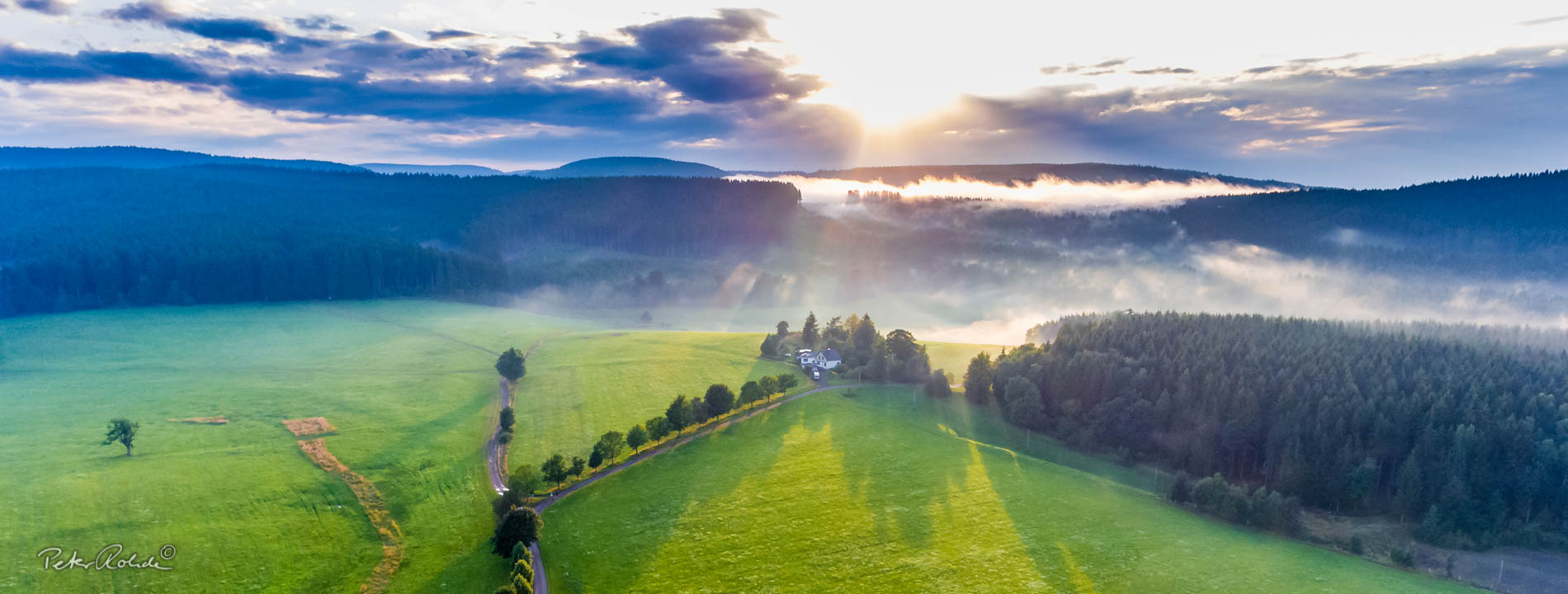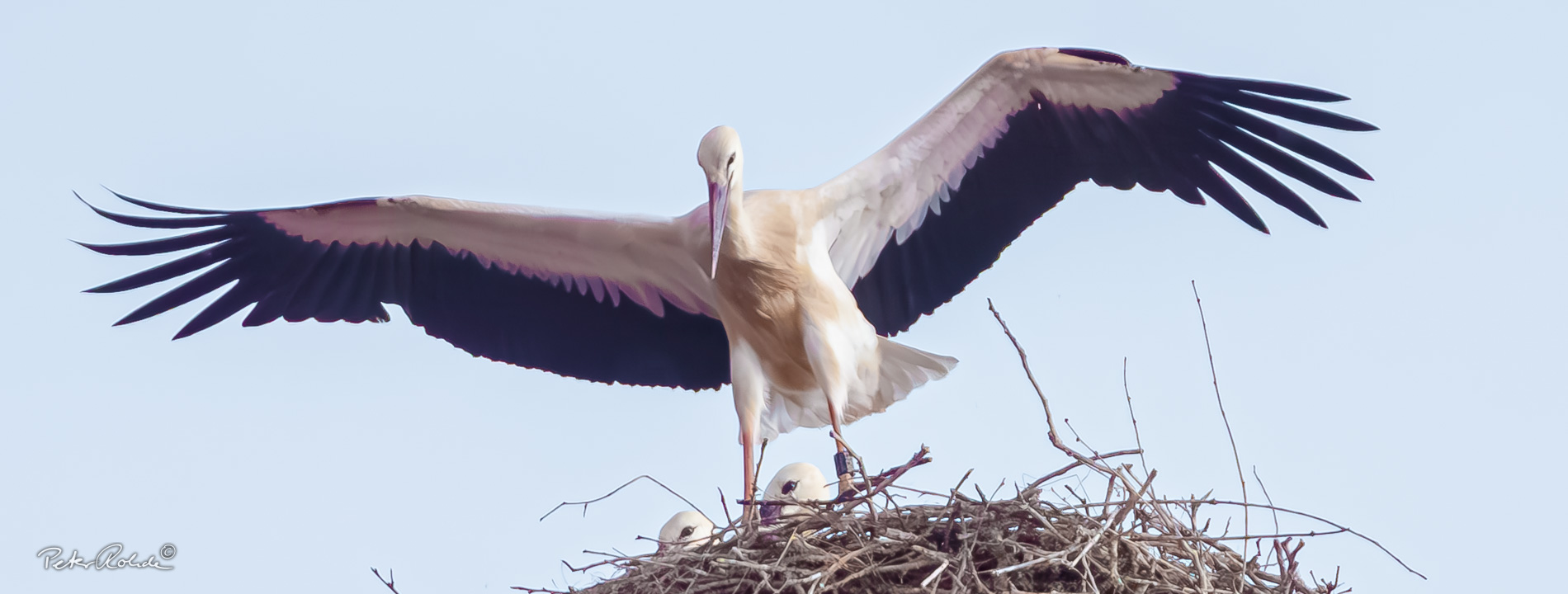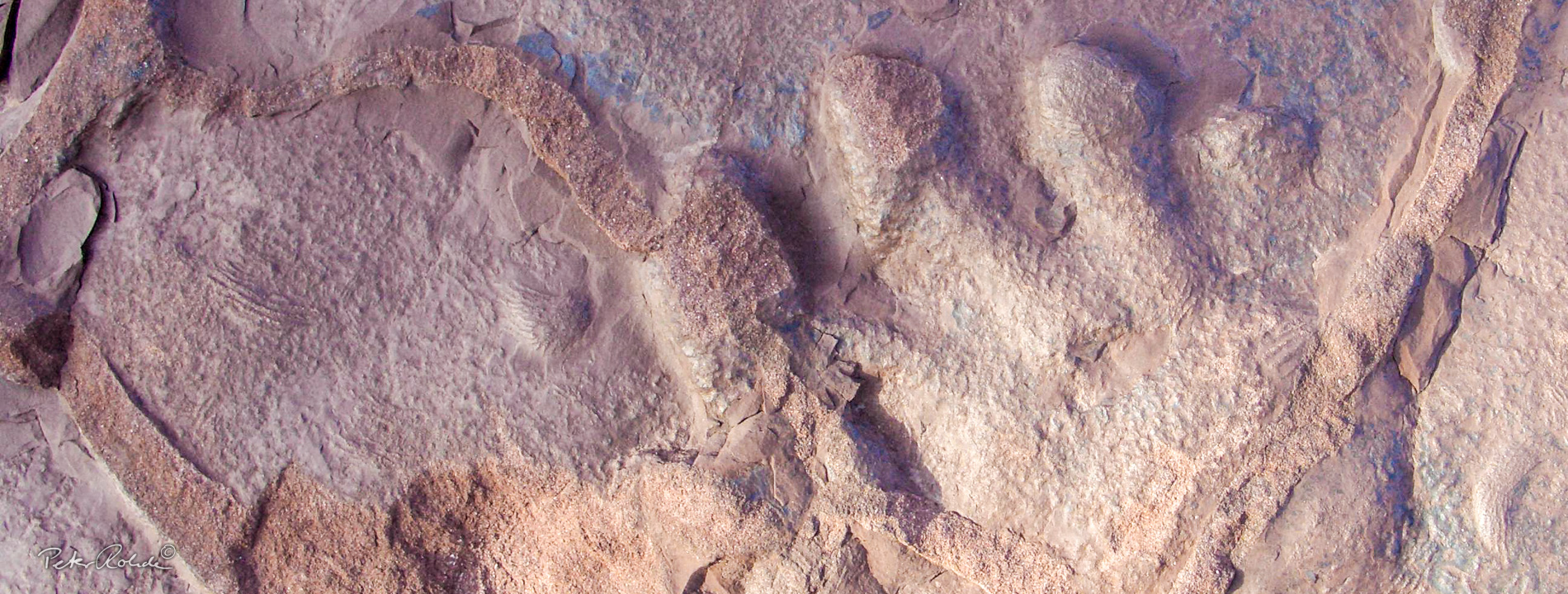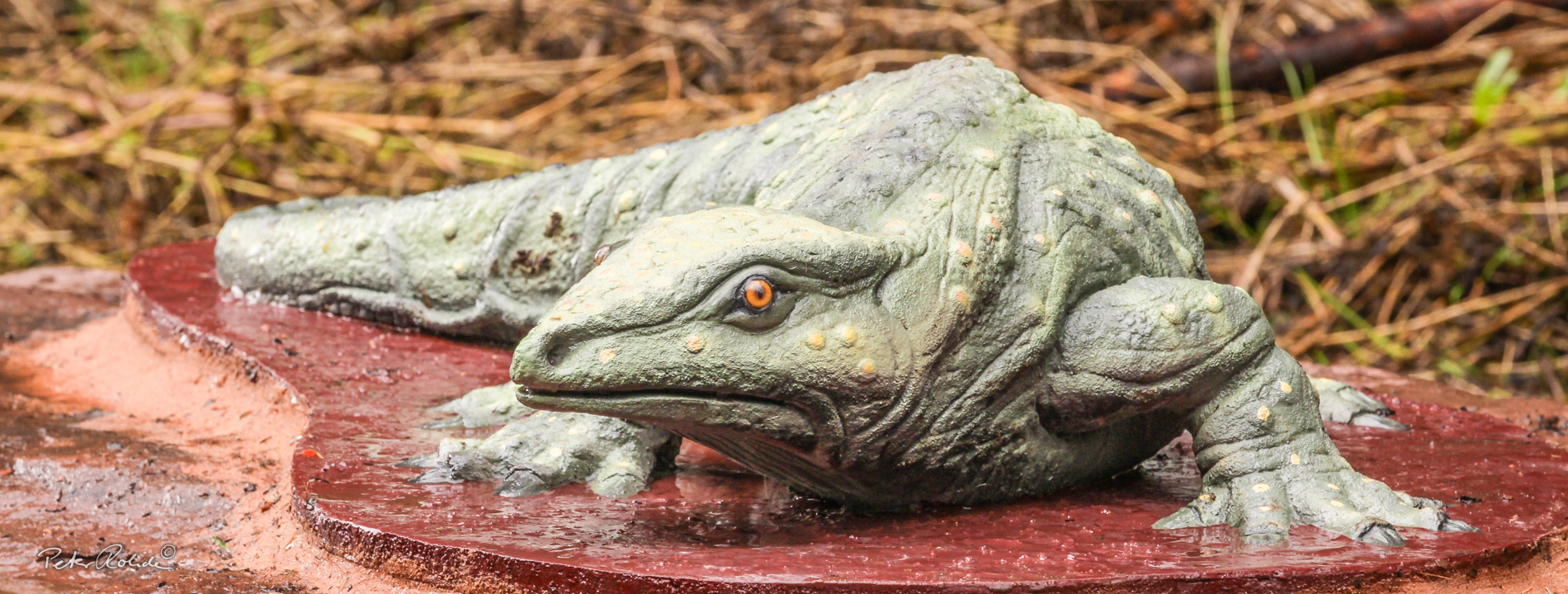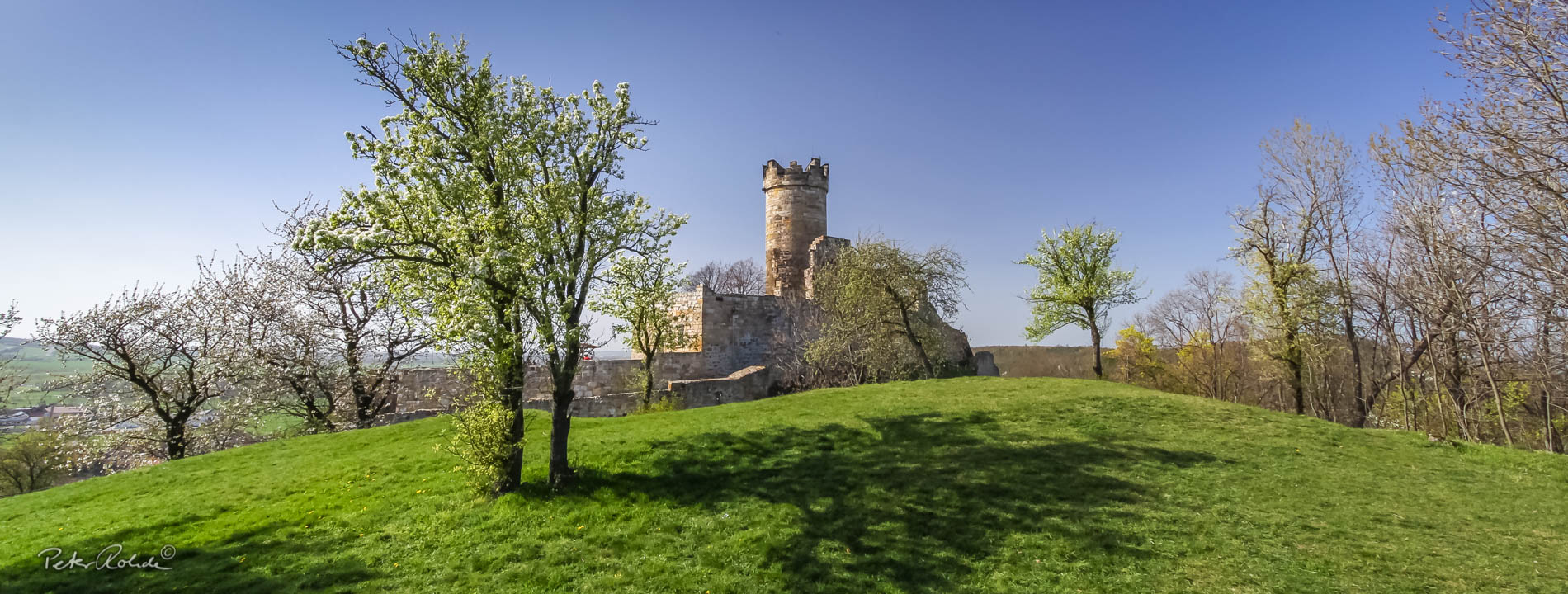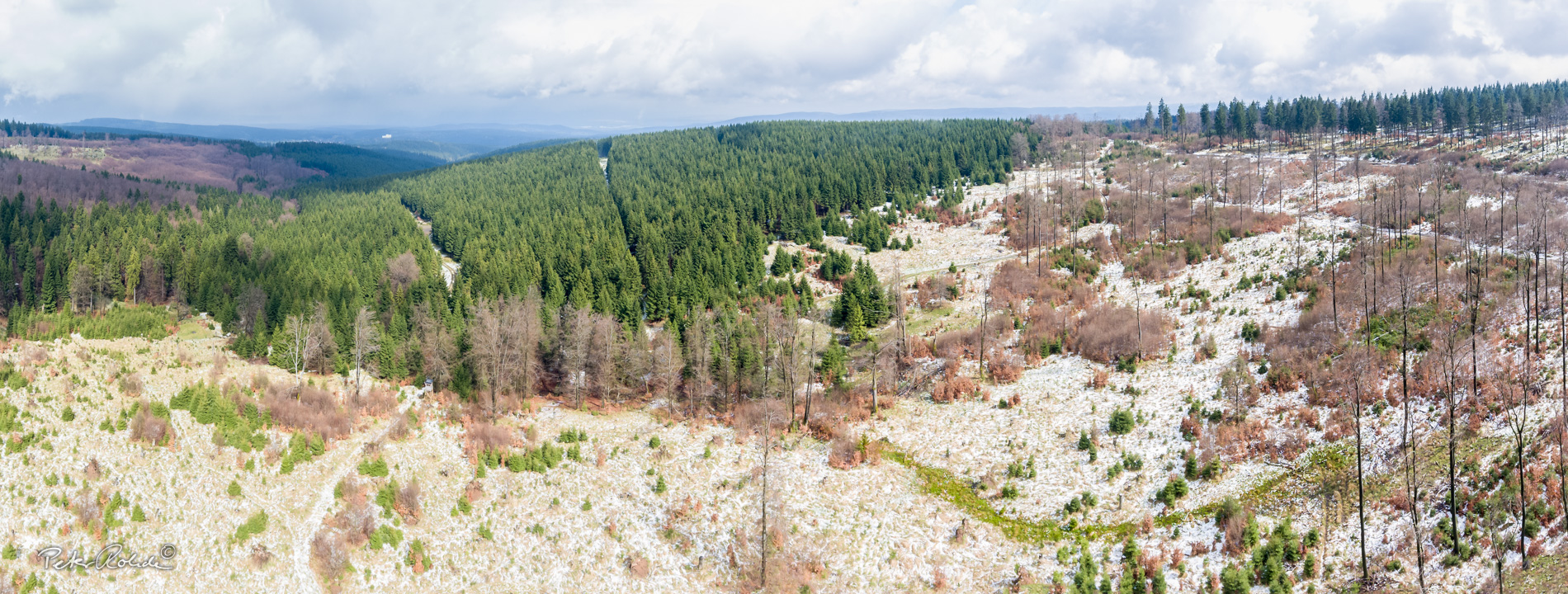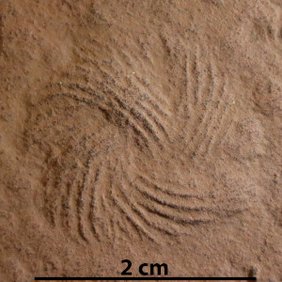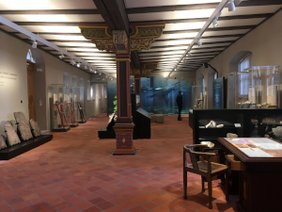Ehrenstein Castle, Ohrdruf
The Palaeontological Society has named Tambia spiralis, a small, mostly spiral-shaped trace fossil that was first discovered and described in the quarries at Bromacker in the Thuringian Forest between Tambach-Dietharz and Georgenthal. The site is located in the UNESCO Global Geopark Thuringia Inselsberg - Drei Gleichen. This trace, which is typical of the Permian period, is now also known from other regions. Tambia spiralis only occurs in continental deposits and is usually associated with other tracks, e.g. with footprints of early saurians.
Trace fossils
Trace fossils are structures that have been created by the life activity of organisms in the sediment. They do not receive as much public attention as body fossils, which are usually easier to recognise as the remains of the organisms themselves. However, they offer several advantages: trace fossils are almost always found where they were formed. They directly reflect the behaviour of organisms and are very common and often frequent in sedimentary rocks. These properties make trace fossils extremely important in the geosciences and palaeontology. In 2024, a trace fossil was therefore declared Fossil of the Year for the first time.
The mystery of Tambia spiralis
However, the organism that produced Tambia spiralis remains a mystery. Since its first description in 1956 by Arno Herrmann Müller, Tambia spiralis has been interpreted in very different ways. Animals from the group of arthropods as well as small vertebrates are possible producers. It is also still unclear what behaviour the trace is based on: e.g. burrowing, eating or breeding.
Where can you see Tambia spiralis?
Tambia spiralis is very common in the sandstone quarries of the Bromacker north of Tambach-Dietharz. As these sandstones were often used in the neighbouring villages due to their good availability and excellent technical properties, Tambia spiralis can also often be found there, for example at the fountain next to the Luther Church in Tambach-Dietharz. In the museum, the trace fossil can be viewed all year round in the Bromacker Lab at Friedenstein Castle, together with skeletons and tracks of early vertebrates. The exhibition shows the current research progress in the ongoing BROMACKER project. As the Bromacker has been famous for its vertebrate tracks for more than 100 years, many sandstone slabs can also be found in other museums, such as the major natural history museums in Berlin and Vienna.
Appointment of the Fossil of the Year 2024 on 22 April 2024
The Fossil of the Year 2024 will be presented to the public on 22 April 2024 from 14:00-17:00 as part of Mother Earth Day. The event is being organised by the UNESCO Global Geopark Thuringia Inselsberg - Drei Gleichen together with the Palaeontological Society and Friedrich Schiller University Jena. The event will be framed by lectures on "Mother Earth Day" and the BROMACKER project. The venue is Ehrenstein Castle in Ohrdruf. If you are interested, please contact the management office of the UNESCO Global Geopark Thuringia Inselsberg - Drei Gleichen at the e-mail address marion.oehme@eta-reyer.de.
The Palaeontological Society has been selecting the Fossil of the Year since 2008 to draw the public's attention to the fascinating aspects of palaeontology and to show that even the smaller fossils have an exciting history.


